Explore West Virginia, the Mountain State
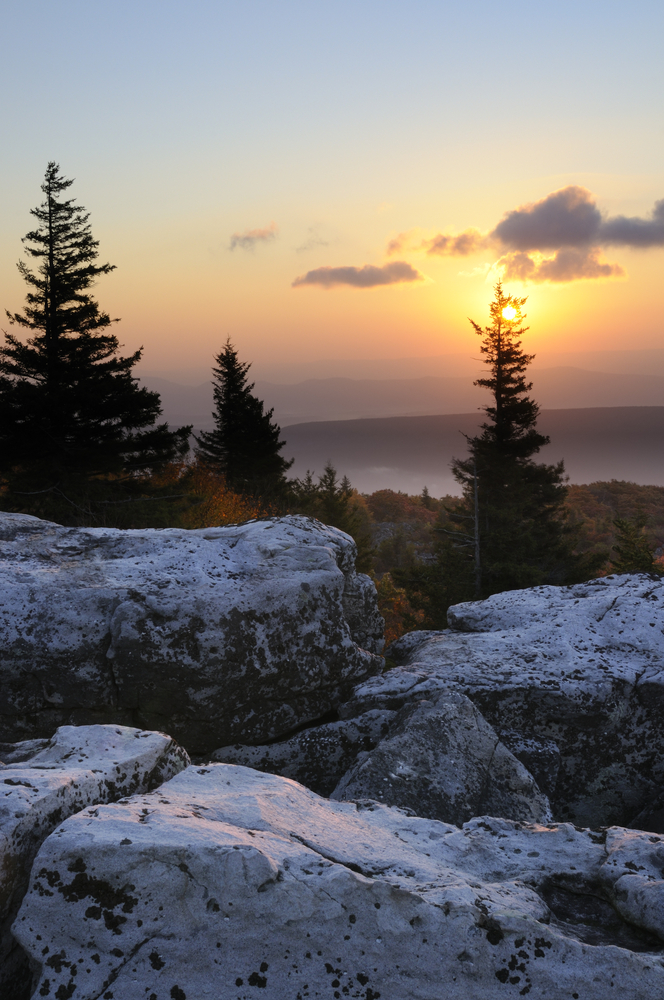 Thanks for following the link and visiting us here online. We have so much more to tell you about our trip to West Virginia. Sam and I love exploring the great outdoors, so we were excited to continue our journey through the Appalachian Mountain region.
Thanks for following the link and visiting us here online. We have so much more to tell you about our trip to West Virginia. Sam and I love exploring the great outdoors, so we were excited to continue our journey through the Appalachian Mountain region.
During part of our trip, we stayed with a West Virginia native named Sharon. She’s a park ranger and she’s lived in the southern portion of the state her entire life. We knew she’d have a lot to share with us. We wanted to share some of the things we’d learned on our trip, too, so we invited Sharon to a picnic lunch. We took pepperoni rolls to share. Sharon was impressed we new the recipe. (Flip through your state journal to make pepperoni rolls of your own!)
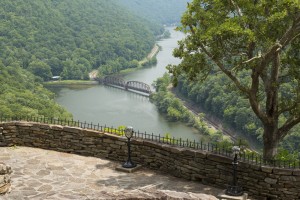 We ate our lunch along the New River while Sharon told us more about the Mountain State. “This area of the New River Gorge,” she said, “is in the central range of the Appalachian Mountains.” It’s a famous mountain area because it contains the most diverse flora of any river gorge in central/southern Appalachia. “Flora means the plant species in a particular area,” Sharon said.
We ate our lunch along the New River while Sharon told us more about the Mountain State. “This area of the New River Gorge,” she said, “is in the central range of the Appalachian Mountains.” It’s a famous mountain area because it contains the most diverse flora of any river gorge in central/southern Appalachia. “Flora means the plant species in a particular area,” Sharon said.
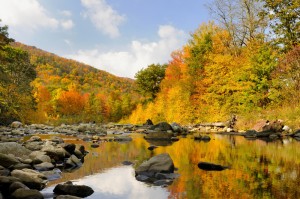 I looked around at the trees surrounding us. In the short amount of time we’d already been in the state, Sam and I had seen all different types of trees, bushes, shrubs and flowers. No wonder the state is known for its plants.
I looked around at the trees surrounding us. In the short amount of time we’d already been in the state, Sam and I had seen all different types of trees, bushes, shrubs and flowers. No wonder the state is known for its plants.
“These areas are important habitats for animals,” Sharon continued. “The thick forests, the deep rivers, the rocky mountain slopes – all of these habitats are homes for different animals.”
“It really is a special place,” Sam said.
“And it’s my job as a park ranger to show that to people,” Sharon said.
After lunch, we kept exploring the Mountain State. To see what other things Sharon showed us, keep scrolling!
Your friends,
Sofia and Sam
Sam’s Favorites
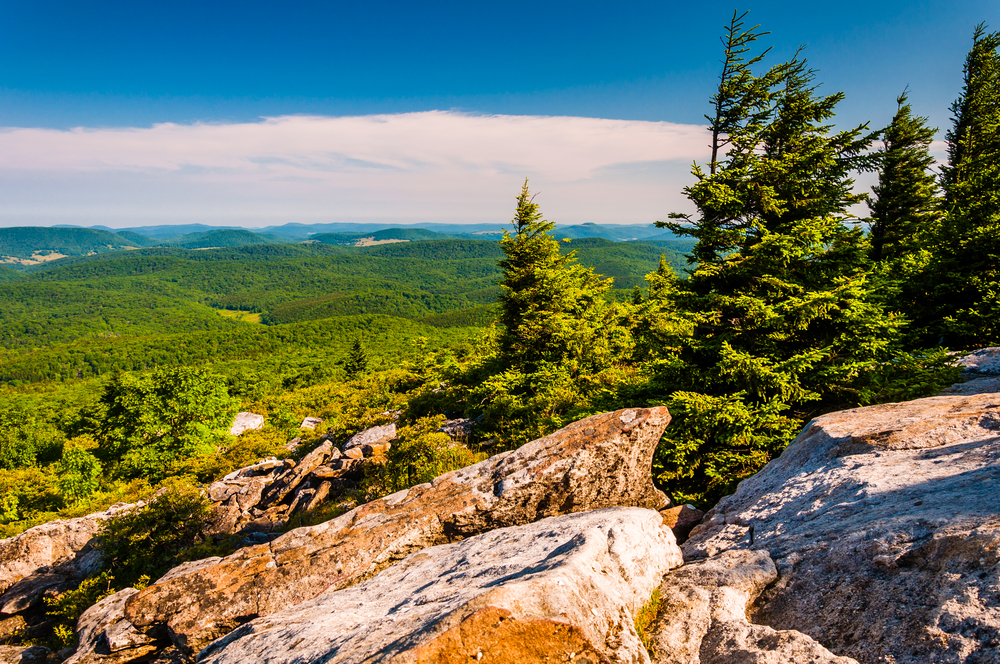
Mountain Spot: Spruce Knob Peak
Spruce Knob isn’t only the highest peak of the Allegheny Mountains, it’s the highest point in all of West Virginia.
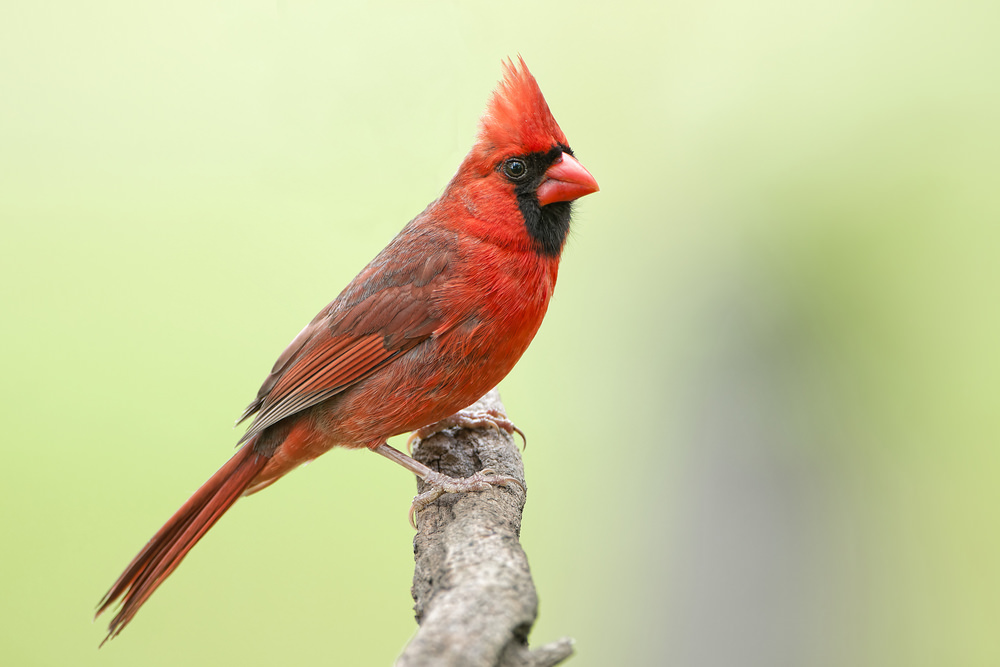
Bird: Northern Cardinal
The Northern cardinal is West Virginia’s state bird. It’s known for its bright red feathers and the black coloration around its eyes and throat.

Outdoor Activity: Skiing
West Virginia’s mountainsides are covered with snow in the winter. It was so much fun skiing down the slopes.
Sofia’s Favorites
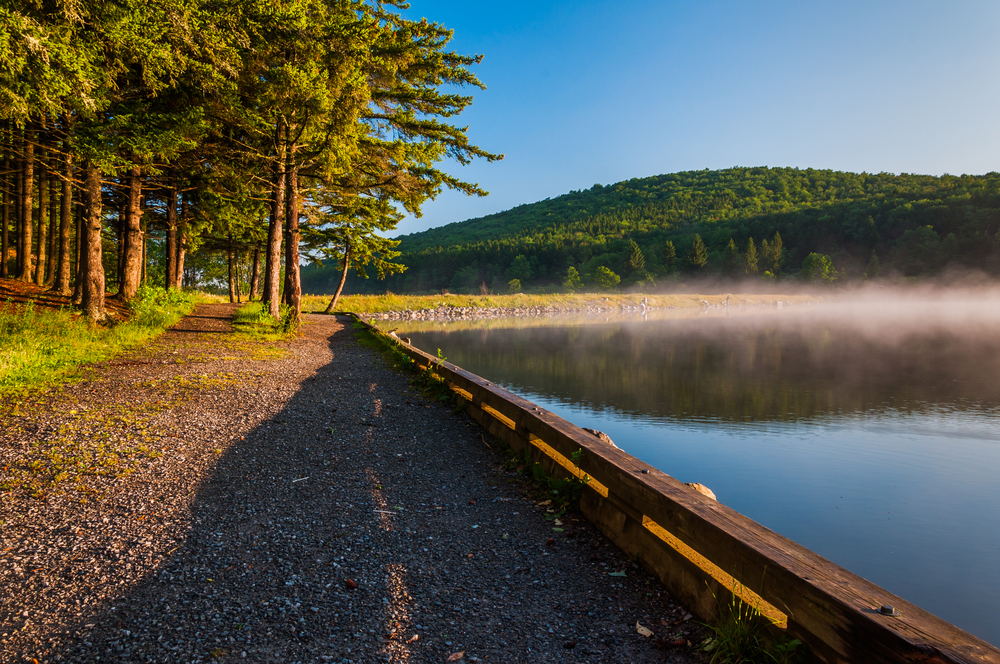
Mountain Spot: Spruce Knob Lake
West of Spruce Knob Peak is Spruce Knob Lake. There are grounds near the lake where families camp under the stars.
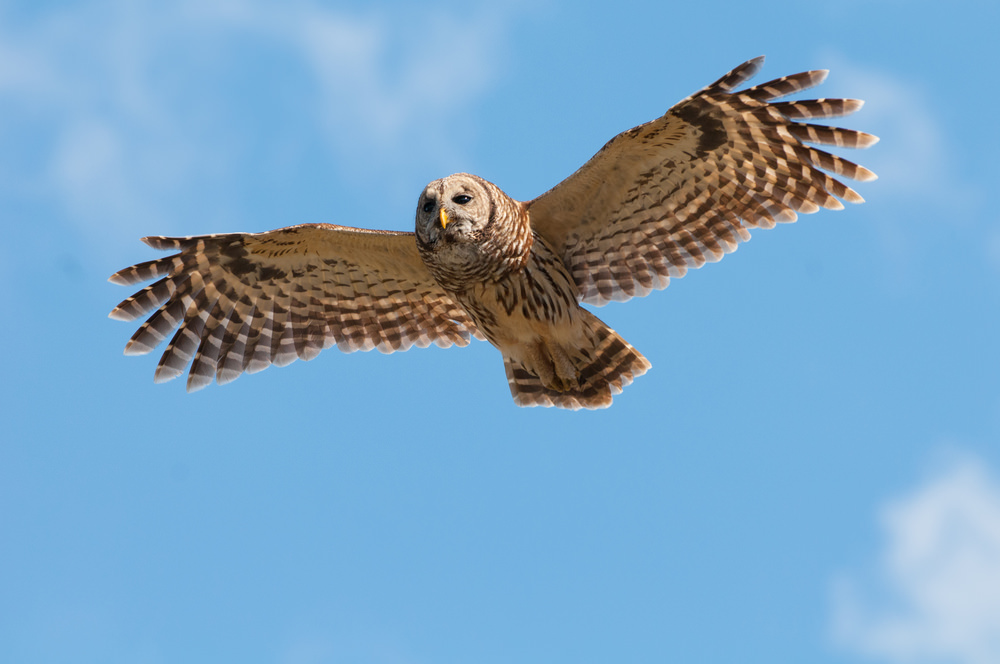
Bird: Barred Owl
West Virginia is home to more than 300 species of birds, and the barred owl is one of my favorites. The big eyes are made to see in the dark.
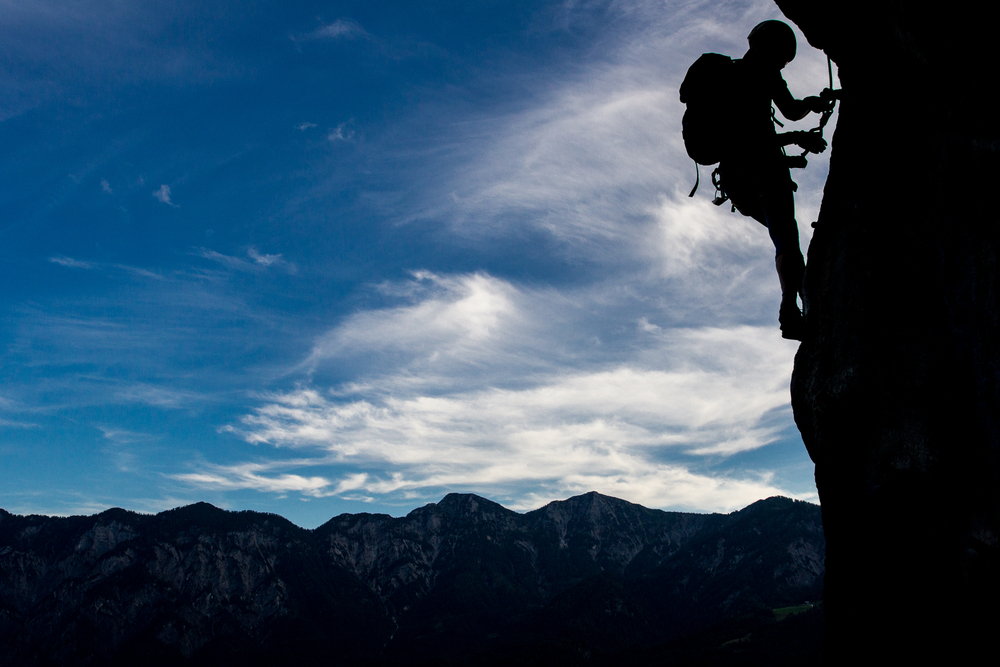
Outdoor Activity: Rock Climbing
The Mountain State is the perfect place to go rock climbing. Sam and I wore safety harnesses and spent a full day climbing.
Rock Polishing Activity
Tamarack is a cultural center featuring works of art, crafts, artist studios, galleries and a restaurant. It is the first statewide collection of arts, hand-made crafts and food in the USA. People come from all around to learn about West Virginia’s artistic traditions.
Jewelry making and sculpture are popular art forms at Tamarack. Artists and jewelers collect rocks and stones from the Appalachian region, polish them until they’re smooth and incorporate them into their jewelry pieces and artwork.
Follow the instructions below to polish your own rocks and create artwork inspired by your neighborhood.

Ingredients
- Rock
- Large plastic jar with lid
- About 1 cup sand
- About 2 cups water
- Duct tape
Instructions
- Search your neighborhood for interesting rocks. Look for unique colors and shapes. The rock should be hard and solid. Rocks that crumble easily when you scrape them won't work well for this activity.
- Fill the plastic jar a third of the way with sand.
- Slowly pour water into the jar until the sand is completely covered. There should be about an inch of water above the surface of the sand.
- Drop 1-3 rocks into the jar.
- Tightly screw the lid onto the jar.
- Add a layer of duct tape around the lid of the jar to keep the water from leaking out.
- Shake the jar until your arms get tired. Take a break, then shake the jar again.
- Shake the jar for 5-10 minutes every day for a full week.
- At the end of the week, remove the rock from the jar and rinse it with water.
- You've created a polished stone, just like the artists at Tamarack!
Notes
If the sand/water mixture clumps or becomes too solid overnight, open the jar and replace the sand and water before shaking.
